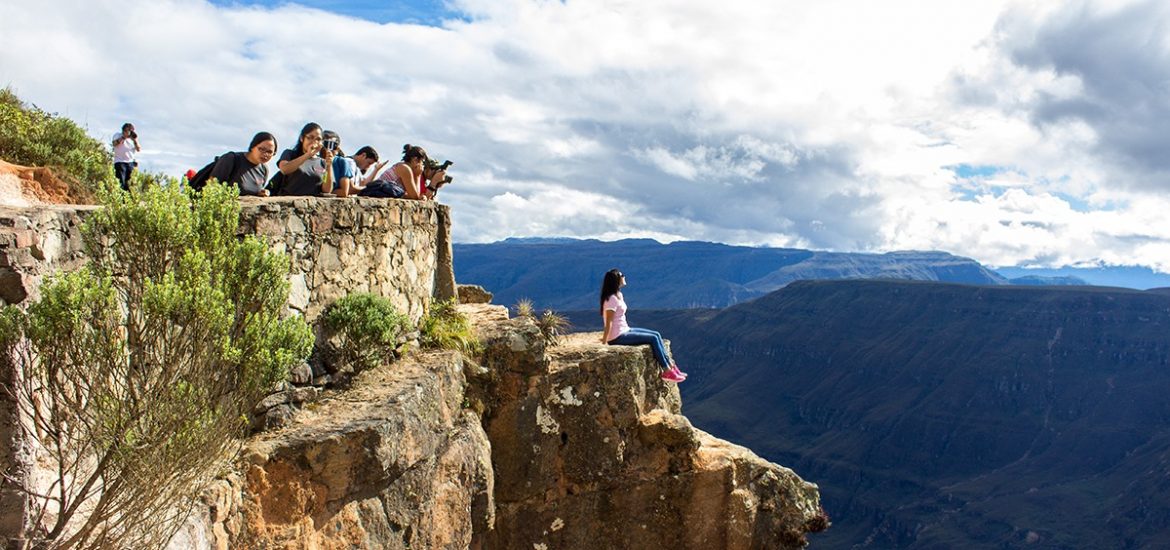Visiting Peru, the ancient home of the Incas is like uncovering a new and distinct world as Peru is full of mystery and secrets. You can find them beyond the most popular tourist spots where travelers like you can find spots, unlike any others along its routes.
Peru is one of the few countries with a lucky geography, as it has three distinct natural areas. In northern Peru, the largest region is where the famous Amazon River is born, we call it “selva” (rainforest). This area has a lot of biodiversity in flora and fauna.
The second largest region in Peru is “Sierra” (Highland area). Like its name, this region is full of mountains, and the beautiful Andean range runs through it. This is an area with many tourist attractions, including the Sacred Valley, the Uros floating islands, the Rainbow Mountain, and more.
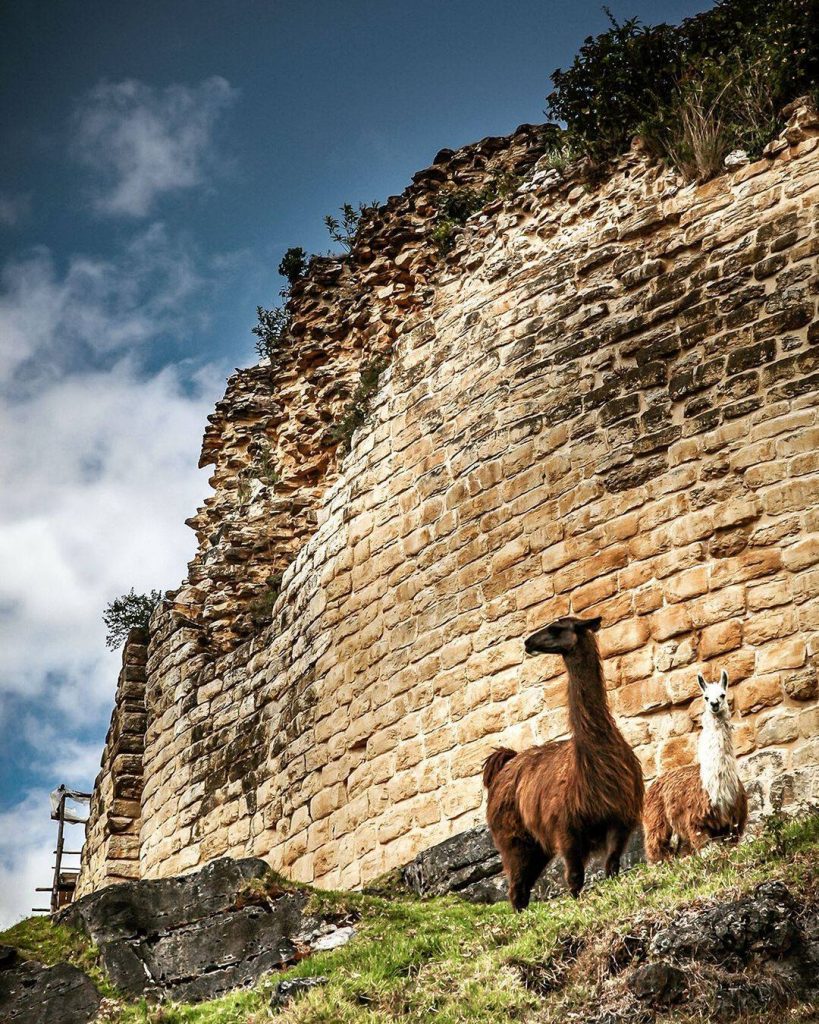
The last large area in our country is the coastal region or “Costa”. The 3,000 kilometers of coastline in Peru are divided by an arid desert on one side and an ocean teeming with marine life on the other. Rivers carve out fertile watersheds in the desert flowing from the Andes to the Pacific.
As you can see, Peru is really an impressive country. However, in this blog, we won’t focus on the most popular spots in Peru, like Paracas National Reserve, the Nazca Lines, the Colca Canyon, or Lake Titicaca. You can have lots of information about such destinations, and you can get it on our webpage as well.
This time, we’ll discuss some often-overlooked places in Peru, and why you should visit them. Stay with us to find them and create a unique experience.
Waqra Pukara, the Horn Fortress
This stunning location is in the Cusco region, but it’s less popular compared to the other sites. The Waqra Pukara Archeological Site is a magnificent pre-Inca structure that was modified under the Inca Empire. Cusco, the Imperial City of Peru, is a few hours’ drive from this Pre-Columbian village. Since few people appear to be aware of it, it is one of the region’s hidden prehispanic gems.
It is thought that Waqra Pukara served as either a sacred site or an observatory for astronomy during the Qanchi era. However, throughout the expansion of the Inca Empire, it also functioned as a stronghold for this civilization.
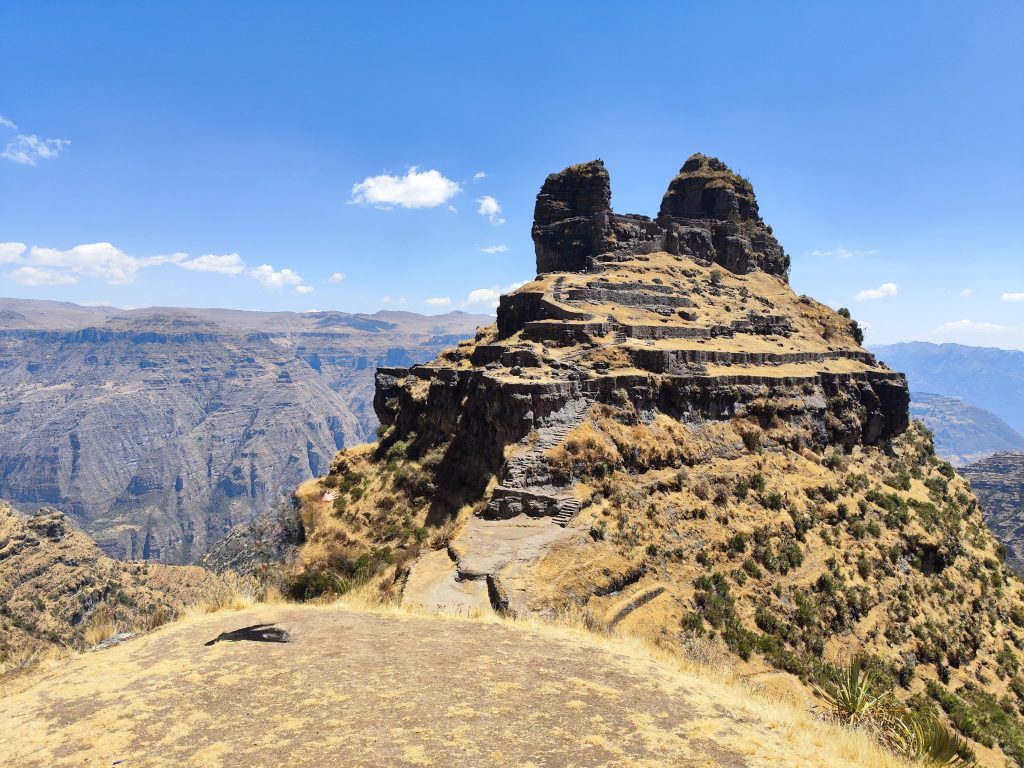
This enigmatic archaeological site is located 4,300 meters above sea level, near the Apurimac Canyon. The building is called Horn Fortress in Quechua, but the locals call it “Llama Pukara”, which is a more appropriate name given that it resembles a llama’s ears.
When to Go?
The Cusco region has roughly two main seasons: the rainy season and the dry season. In the rainy season, the rainiest months are January and February, and it lasts from December to April. In the dry season, the overnight lows often go below 0°C, it’s regarded as the coldest season of the year. Nonetheless, in the mornings it can be hot, especially in Waqra Pukara.
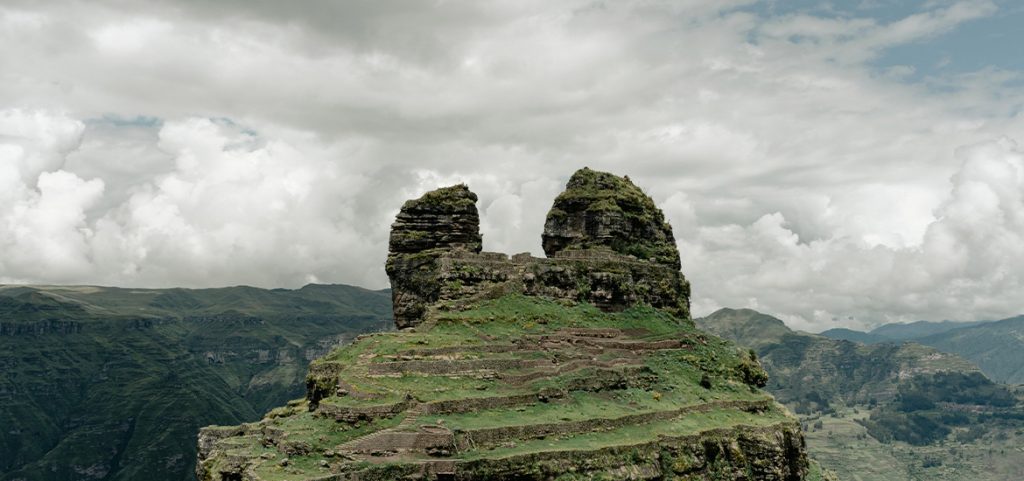
It’s up to you to decide when to visit this site, whether in the wet or dry season. Despite that, we can assure you you’ll have a great time.
How to get there?
You can take a car from Cusco to the Sangarará District. After that, follow the diversion to Punta Carretera. The 8-kilometer hike to Waqrapukara starts here, it will take you around two and a half hours each way and three and a half hours coming back.
Keep in mind that the trek’s difficulty is from medium to high level of difficulty as the hike is long and steep. So, those with poor health may find it hard to climb to the high altitude where this site is. However, the effort is definitely worth it because the view is simply breathtaking.
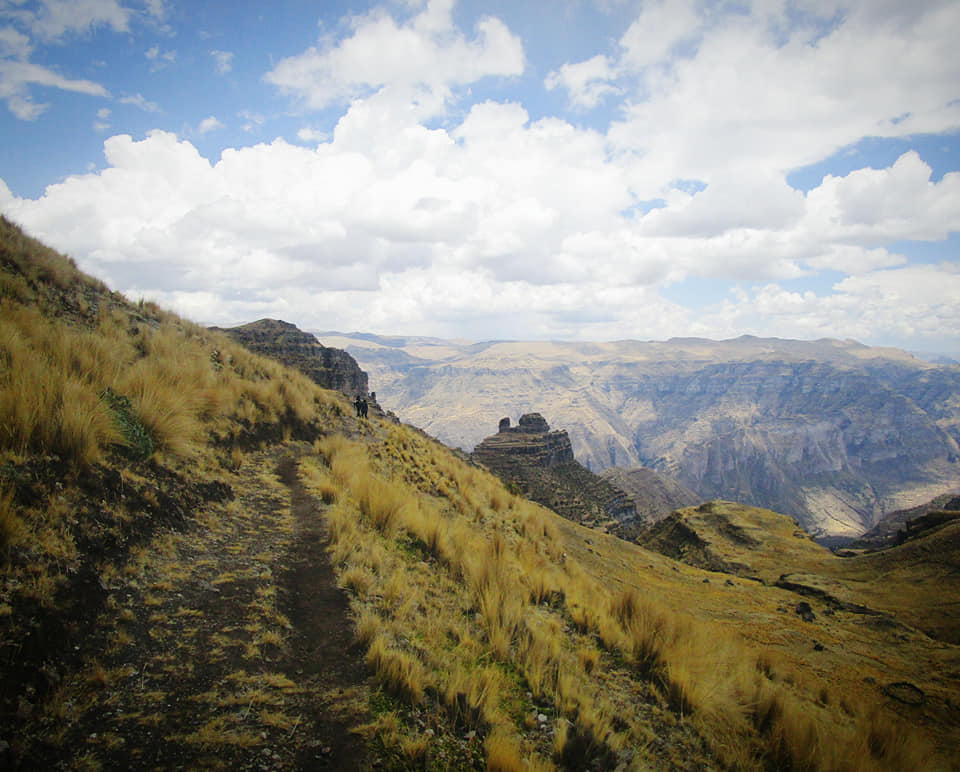
We recommended using private transportation or hiring a tour guide as there is currently no public transportation to the trekking locations. Viagens Machu Picchu can take you there to enjoy this not-well-visited place; you just worry about having fun and taking lots of pictures.
Choquequirao, another Peruvian old citadel.
If you don’t know, Machu Picchu is one of the few old citadels in Peru and isn’t the biggest one. Perhaps this detail surprises you, as you’ve visited Machu Picchu before or you may have heard that it’s huge.
Choquequirao is the “Machu Picchu’s sacred sister.” This is because of its isolated position and design. They also share structural similarities.
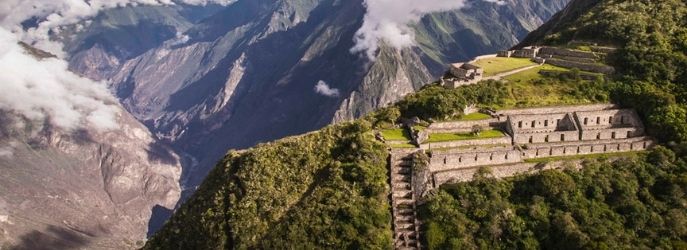
Choquequirao is located in the La Convención region, near the slopes of the Salkantay Mountain and north of the Apurimac River. It is thought to have acted as a ceremonial center for the Inca nobility, worshipping the gods of the mountains, rivers, and elements.
However, this well-known sanctuary also served as a control center, ensuring access to the Vilcabamba Valley. Only 30% of its 1,810 hectares have been dug up. The other 70% are hidden in deep plantations and underground.
The Choquequirao Trek
To reach Choquequirao, you must follow a route, known as the Choquequirao Trek, which is truly tough. It’s at lower altitudes than the Classic Inca Trail or the Salkantay Trek.
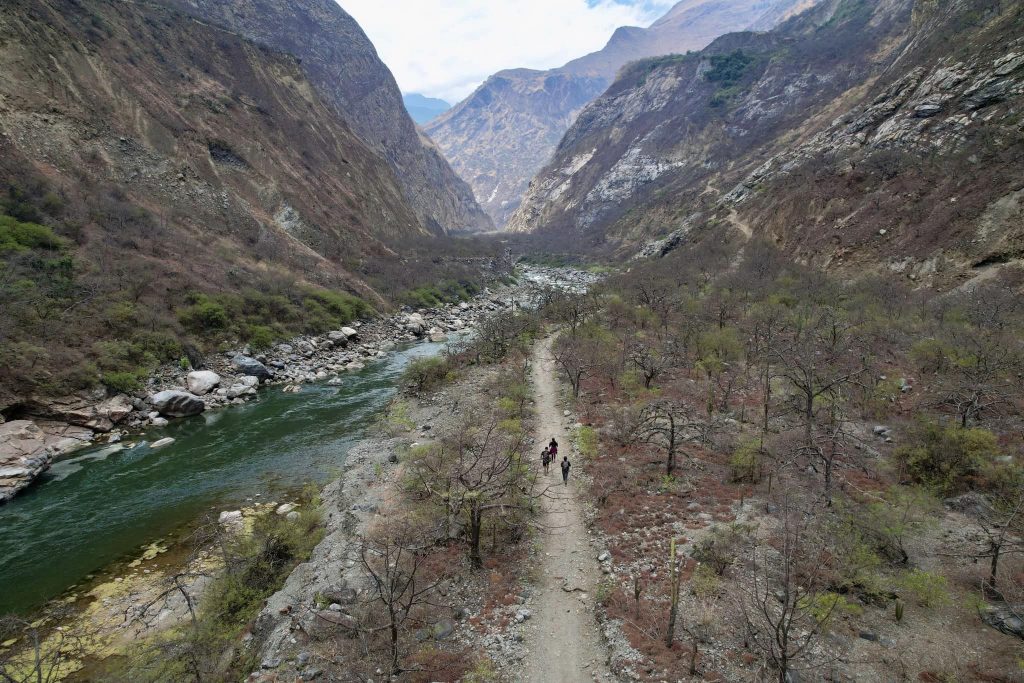
This trek has noticeable ups and downs on the way to the ruins and back. The four-day trip consists of a 1,500-meter descent into the Apurimac valley and a 1,800-meter ascent.
It will take both physical and mental training to finish this adventure, so, if you want to discover this historic masterpiece, you should up your exercise. While the trail isn’t as difficult as the Inca Trail, it’s still worth getting ready for this walk with our prepared tour.
When to Go?
Keep in mind that the rainy season in this area is from November to April. The wettest months are January and February, while the dry season is between mid-April and October. Consider which season is the best for you to come and visit this amazing archaeological site.
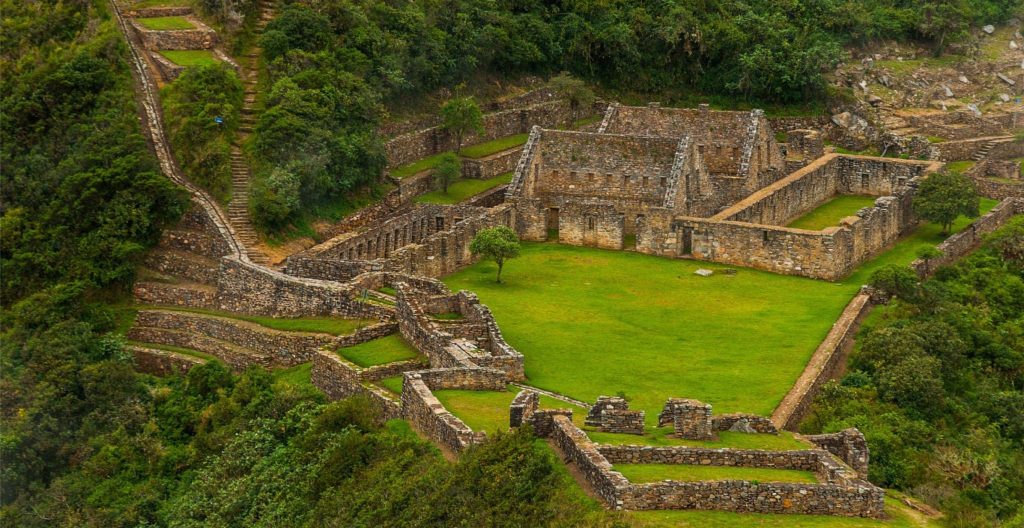
How to Get There?
Getting to Choquequirao is not a simple task, however, we’ve got this guide for you to know more about it. Remember: we, Viagens Machu Picchu, can take you there. You won’t need to worry about any logistics.
Chachapoyas, the city of the clouds.
Chachapoyas is the capital of the Amazonas department. We recommend visiting this region in Peru. It has natural wonders and archaeological sites in the city. You can spend two to three days in Chachapoyas, but trust us when we say it won’t be enough.
The streets have lovely, old cobblestones, lined with stunning colonial architecture from the 18th and 19th centuries. The name of this city means “Men of the Clouds” in the Incas’ ancient tongue. The Chachapoya culture was born in Amazonas. It thrived there for centuries before the Spaniards overran it.
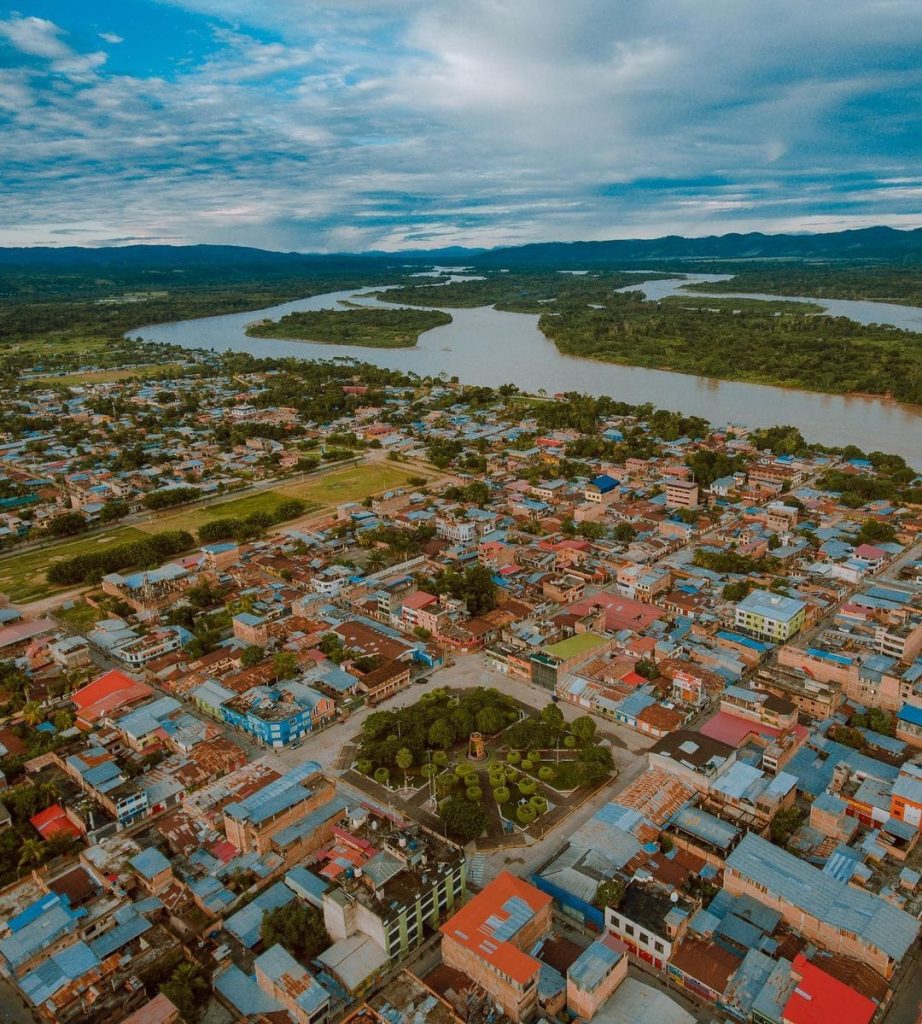
The city is home to old structures like palaces and cathedrals from the colonial era. Hotels and restaurants are now considered tourist facilities. Every visitor to the city falls in love with it because of its alluring atmosphere.
The city was awarded as a National Cultural Heritage Site in 1988 thanks to its beautiful square. Beautiful colonial-style houses and antique churches can be seen in the surroundings.
Unlike the other destinations, we recommend spending a few days there. That way, you can learn about Chachapoyas’ local communities, food, museums, and old sites. Let’s see some of the several places and attractions you can visit while here.
Places to visit
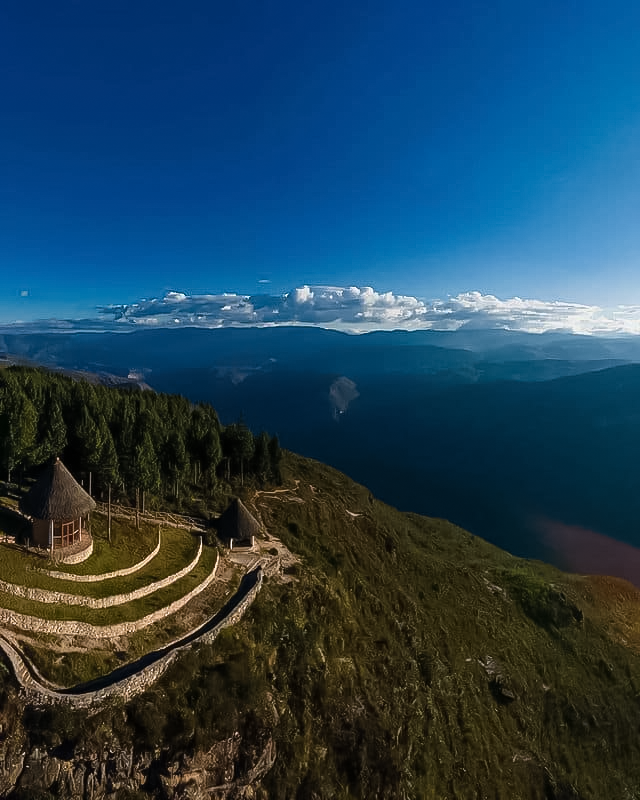
Kuelap is referred to as the “Fortress in the Clouds” since it is situated close to Chachapoyas City at an elevation of 3,000 meters above sea level. The Chachapoya culture built it when they flourished from 500 to 1570 A.D, in the 11th to 16th centuries. So, this building is among the oldest in Peru.
We know little about this prehistoric building, but, archaeologists think the Chachapoya people may have used it as a shelter or a citadel.
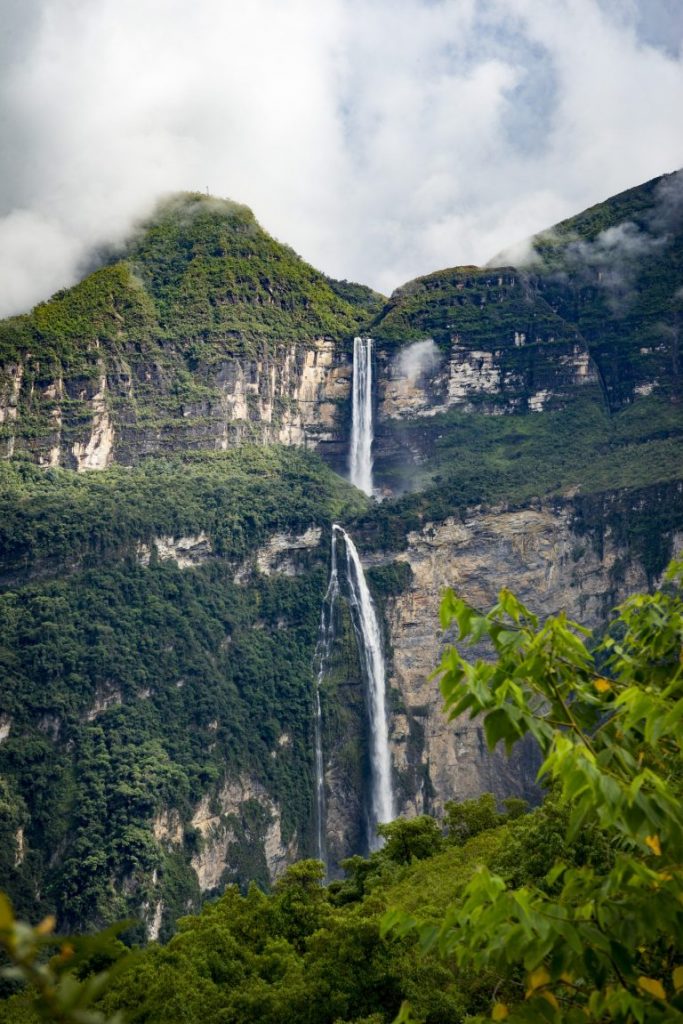
Gocta Falls is an amazing waterfall, one of Peru’s most fascinating tourist spots. This spot is one of the best natural sites in the Peruvian Amazon and is nestled in the center of a cloud forest.
According to the World Waterfall Database, the Gocta Waterfalls are the 17th highest waterfall on Earth. Since then, many tourists from both local and foreign countries have come here. We recommend spending the night in one of the lodges near Gocta
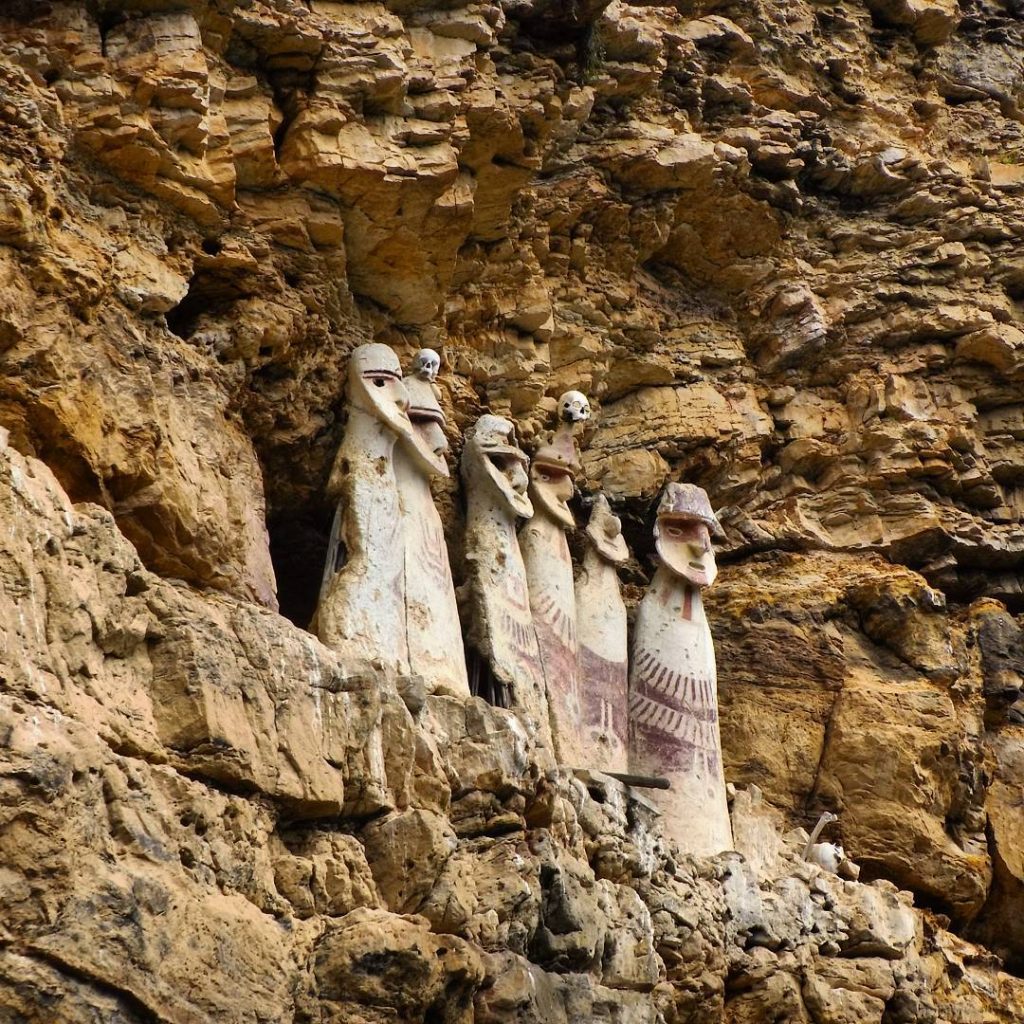
The Chipuric Site was built between 900 and 1450 AD, the Chachapoyas built it as a burial ground. Funerary figures are a common characteristic of structures intended for this purpose.
The “Karajia Sarcophagi,” which are houses unearthed in difficult-to-reach areas such as ravines and from which researchers have recovered masks, is possibly the best-known example of this.
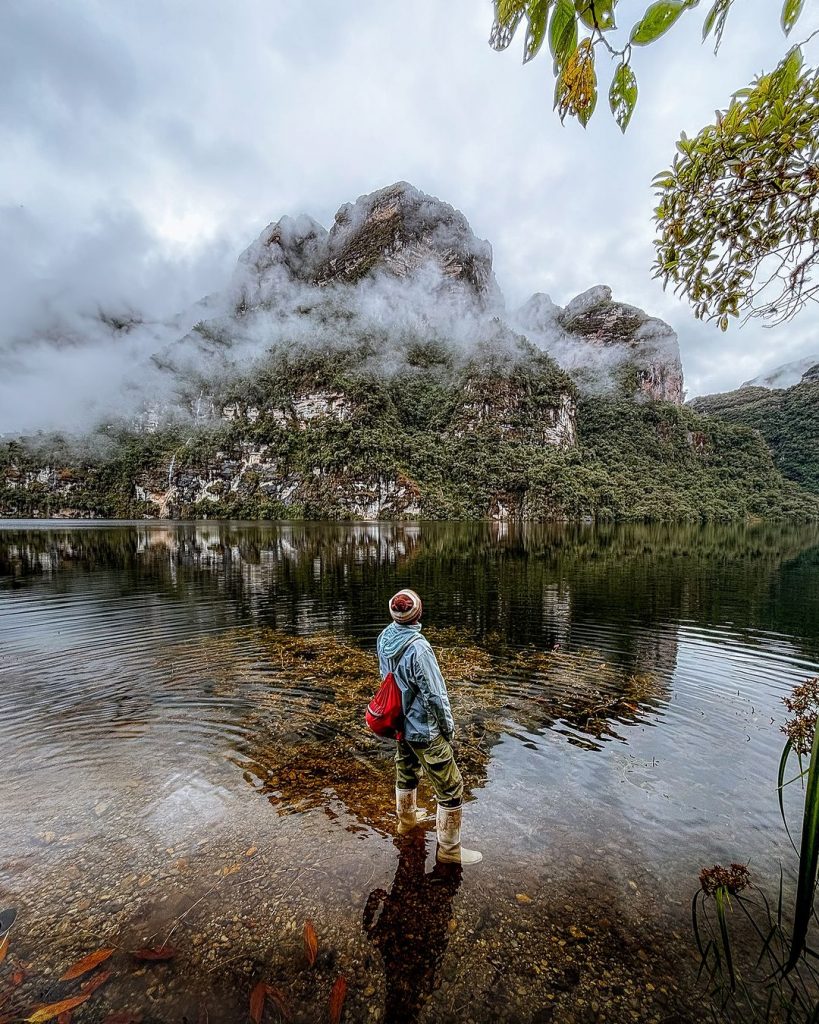
The Laguna de los Cóndores is a place that only the daring should visit. If you choose to take on the task, get ready to navigate through marshlands, ascend steep and dangerous hills, and withstand inclement weather.
The gorgeous three-kilometer-long lake got its name from the condors that used to soar over it. The lake is a component of the Chachapoya mausoleum archeological complex. For thousands of years, 200 mummies were kept in the mausoleums.
How to Get There?
You can get to Amazonas by plane, which is the most convenient and quick choice. Latam Airlines operates this route from Tarapoti, Chiclayo, Cajamarca, and Lima. Even though it is not an international airport, there are available flights, and the local government is looking into expanding it.
Another way to get to this place is by land public transportation; however, while less expensive, the journey can take up to 25 hours, depending on where you take this service. You can see our Amazonas guide for other questions regarding the jungle forest.
We hope the aforementioned destinations make you love Peru just like we do! We encourage you to keep discovering Peru and the gems that are hidden in its territory!
We hope too you can travel with us to Viagens Machu Picchu. If you’re thinking or planning about visiting Peru, contact our travel advisors for free, we’ll be waiting for you!
Viagens Machu Picchu, journeys that inspire, moments that last.

